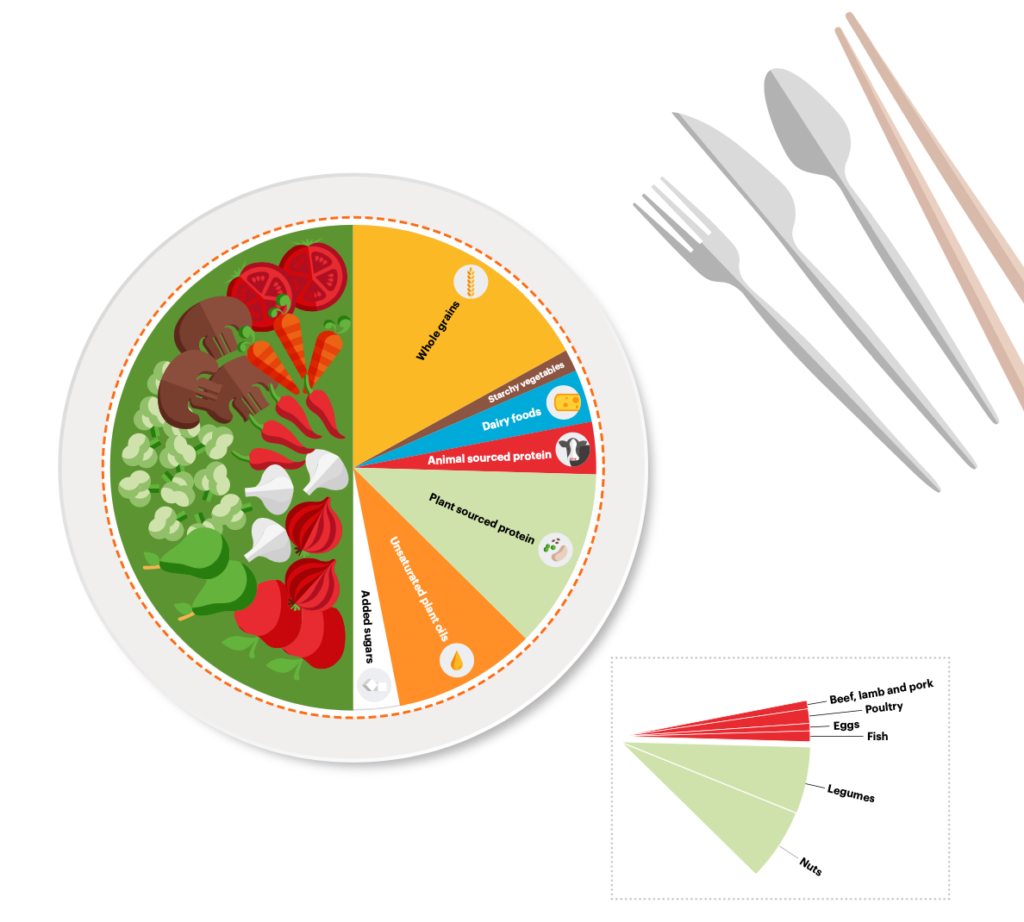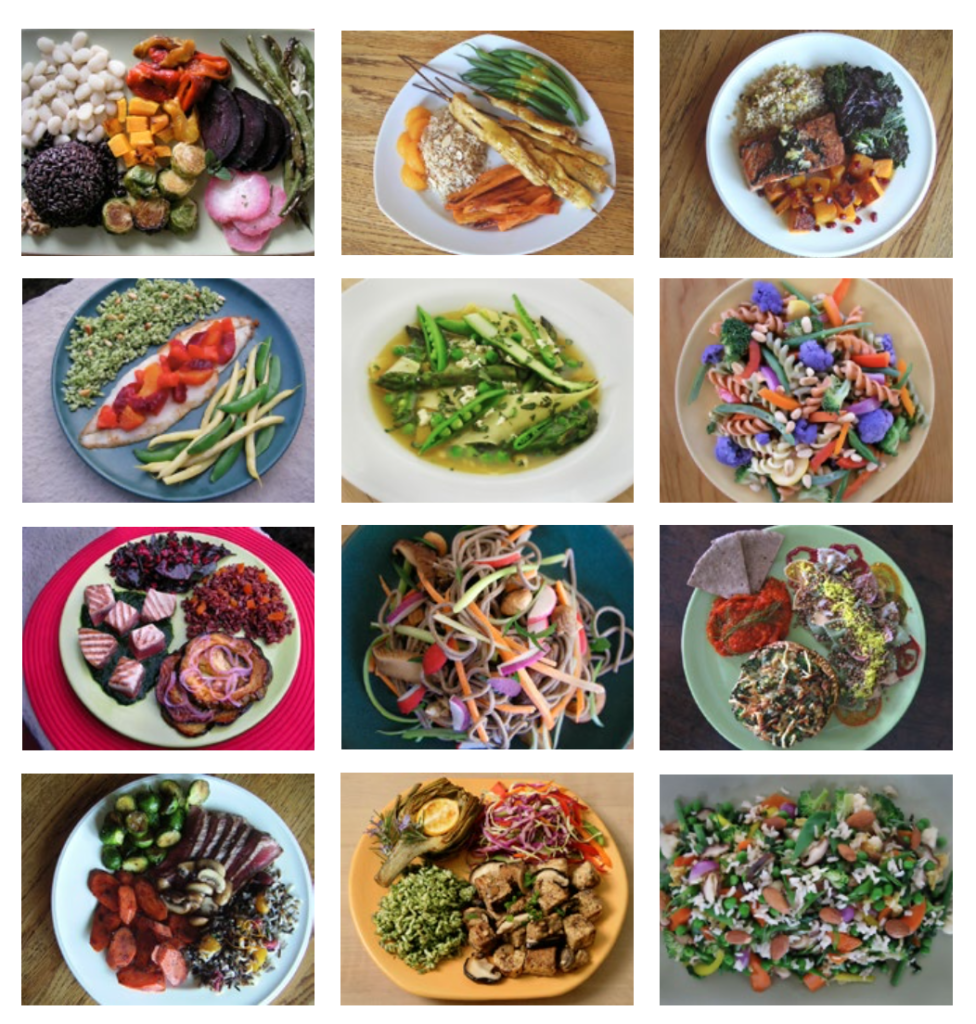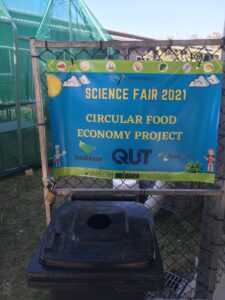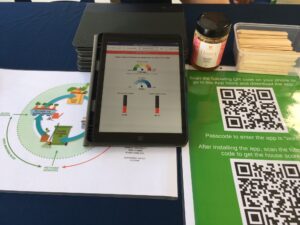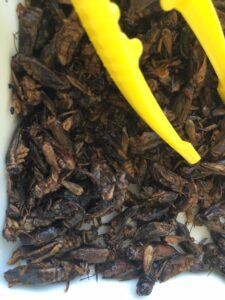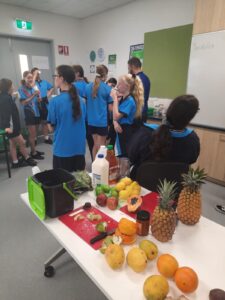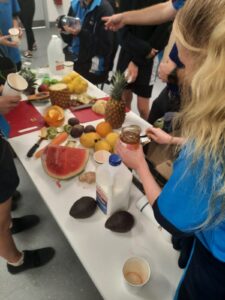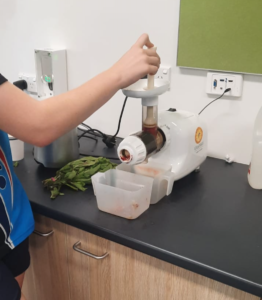Table of contents
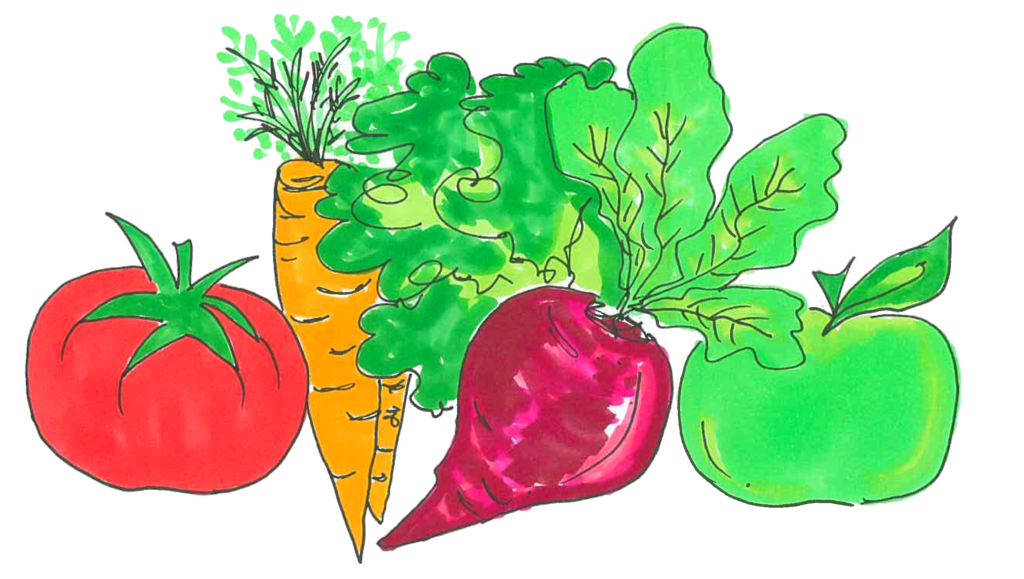
Why eating fresh?
Fresh food contains important vitamins, minerals, fibre and various nutrients which are essential for healthy diets. Adopting a healthy food diet prevents many chronic and life-threatening illnesses such as heart disease, stroke, diabetes and osteoporosis. Dietary health is not only an individual and personal concern, but its effects are magnified if we consider whole societies and the greater issues of large-scale disease, morbidity and social health care.
Unhealthy diets have been associated with hunger in countries and places of high poverty including people living with food insecurity in rich countries and with over-consumption of food, leading to what has been called the “obesity epidemic” in economically highly developed societies. Unhealthy diets are also related to unbalanced nutrition intake that results in malnutrition and micro-nutrient deficiencies. As such, many modern societies have increasingly adopted diets that contain low levels of vegetables and fresh foods but high levels of meat, dairy, fat, sugar and highly calorie-dense processed foods.
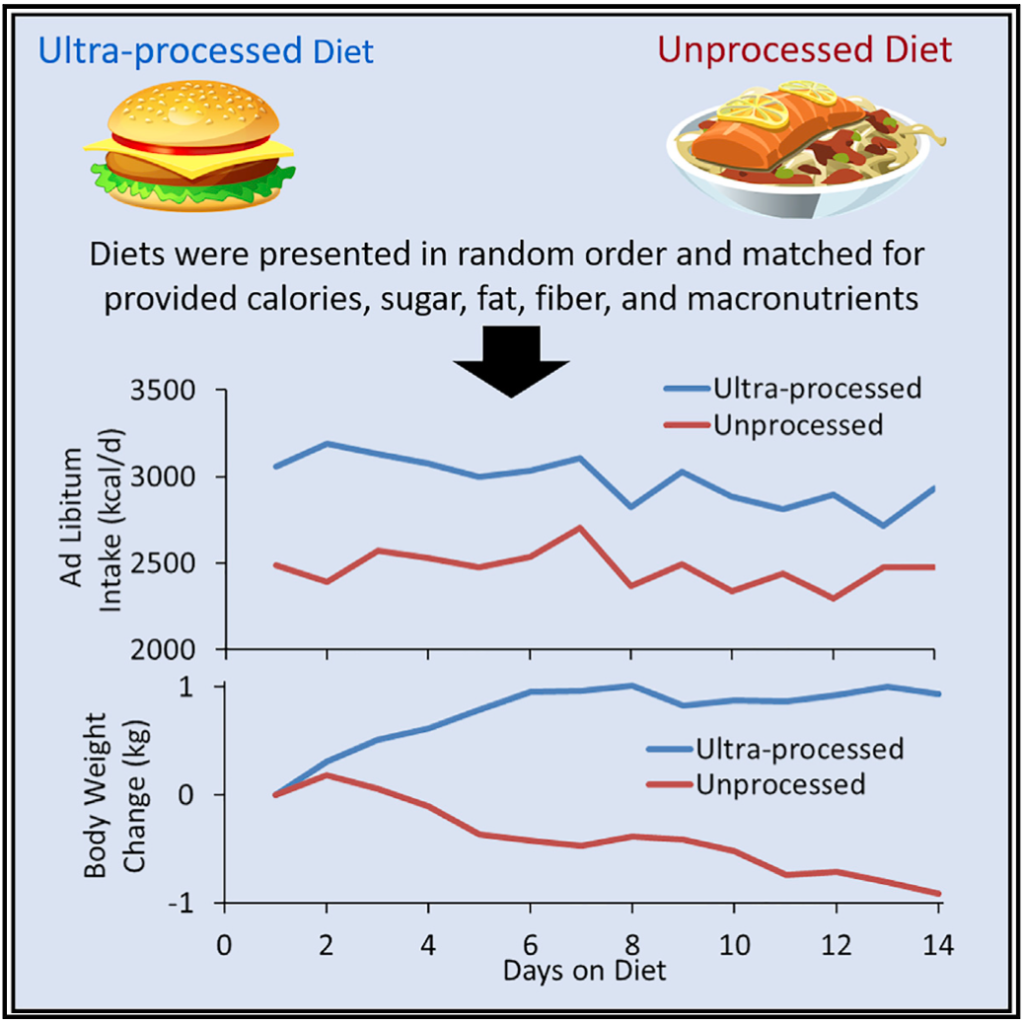
Unfortunately, the consumption of processed food is the choice of many consumers, as it is usually a more affordable, easier and quicker option to prepare. Processed foods are generally not only cheaper for households but also more profitable for the retailer to sell than fresh food, which accounts for their much higher availability.
The convenience and promising flavour of the meals makes this type of food very tempting. However, nutritionists, dietitians and physicians have warned about the negative impacts related to the consumption of highly processed food and have highlighted the importance of a fresh food-based diet for better health outcomes and disease prevention.
Apart from impacts on personal and social well-being, healthy diets also have a very substantial impact on the health of natural environments. Research on the impacts of the global food system published in Nature Journal has listed three key factors to keep food production and consumption within the environmental limits of our planet: increased use of ecological practices in agriculture, reduction of food waste and healthy diets.
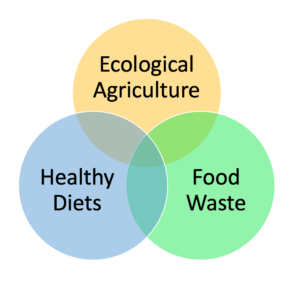
The three food system priorities to keep within the environmental limits of our planet (Options for keeping the food system within environmental limits, by Springmann et al. 2018).
Indeed, global food systems have a very substantial contribution to greenhouse gas emissions as well as the rapid depletion of natural resources. Food systems contribute up to 30 per cent of global GHG emissions, which has been mainly attributed to the significant prevalence of meat in global diets and the far more significant environmental impacts of an animal-based versus plant-based diets. Additionally, fresh foods and processed foods are shipped around the globe accumulating significant “food miles“, a term describing the distance food has to travel from its place of production to our homes. The long-distance transportation, packaging and refrigeration in cold chains adds to the substantial environmental impacts of food. The Food Miles website has a calculator to show how many miles your food has to travel to get to the store shelves.
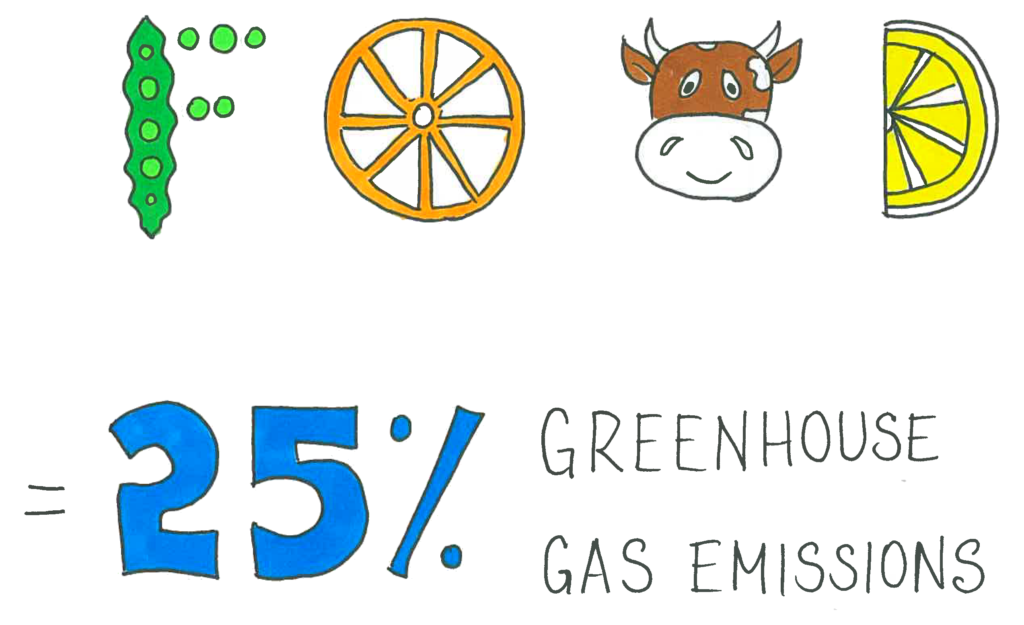
When selecting what to eat, fresh and local food should always be the first choice. An important determining factor is the seasonality of the food. Seasonal food is purchased and consumed at the closest time to its harvest. Seasonal foods are fresher, tastier, more nutritious and, in principle, also less expensive. In addition to the nutritional benefits, seasonal food has other social and environmental benefits, such as supporting local farmers and reducing food miles. In addition, purchasing products directly from local producers enables you to learn about farming practices and better understand your food.
Considering these far-reaching impacts of diet on personal, social and environmental health, it is a valuable activity not only to eat more fresh food, especially vegetables, but also to grow fresh vegetables in our own garden, without food waste and without processing.
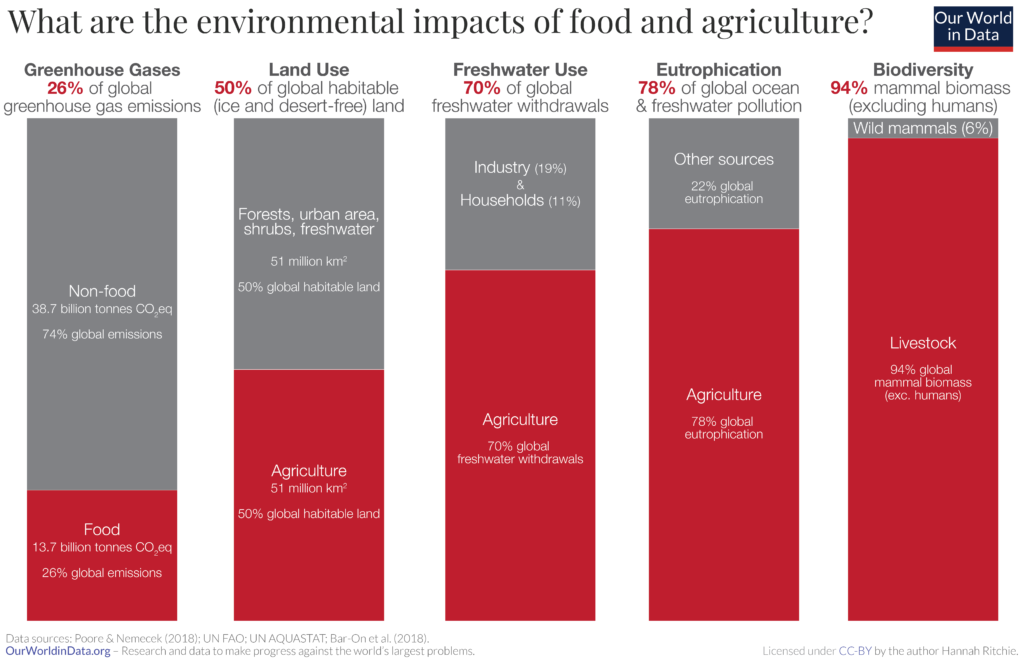
What is a healthy diet within planetary boundaries?
Recently, research has investigated what a healthy diet for people and planet could look like. Under current dietary trends and projected population growth to about 10 billion people by 2050, the global impacts in terms of diet-related diseases, GHG emissions, nitrogen and phosphorus pollution, biodiversity loss and natural resource depletion present significant risks to people and planet.
Trying to address this critical global challenge, the EAT-Lancet Commission convened 37 leading scientists from 16 countries in various disciplines including human health, agriculture, political sciences and environmental sustainability to develop global scientific targets for healthy diets and sustainable food production.
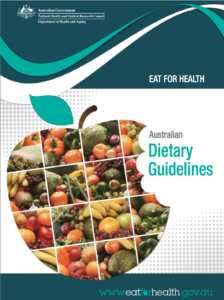 The commission report stated that to prevent detrimental outcomes for people and planet, a significant shift of current dietary trends will be needed. Healthy diets have an appropriate caloric intake preferable from plant based foods, fresh fruit and vegetables, whole grains, unsaturated fats and less production of animal source foods, highly processed foods, refined grains and sugar, as well as saturated fats. Such adjustments of diets, especially a significant reduction of meat, fat and sugar consumption could significantly reduce the health and environmental cost of human diets.
The commission report stated that to prevent detrimental outcomes for people and planet, a significant shift of current dietary trends will be needed. Healthy diets have an appropriate caloric intake preferable from plant based foods, fresh fruit and vegetables, whole grains, unsaturated fats and less production of animal source foods, highly processed foods, refined grains and sugar, as well as saturated fats. Such adjustments of diets, especially a significant reduction of meat, fat and sugar consumption could significantly reduce the health and environmental cost of human diets.
The Australian Dietary Guidelines and the Australian Guide to Healthy Eating are important guides based on scientific data that provide up-to-date information on quantities and types of foods necessary for the promotion of well being and health. Young and adults must eat enough nutritious foods to maintain and develop the body and mind. A healthy diet consists of a balanced variety of food, including vegetables and fruits, as well as grains and proteins.
Activities
How to read a product label?
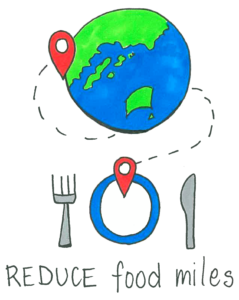
Objective: Understand basic product characteristics related to health and environment.
For this exercise we prepared different products, which were given to separate groups to discuss and explore. Every group also received an answer sheet with questions relating to the distance food traveled, whether it is locally grown or imported, and the ingredients on the labels, especially energy content, fat, sugar, sodium and artificial additives.
About 20 mins was used for preparation, the larger part of the class was used for the groups to present their results to the whole class. All product labels were pre-prepared for projection so that all students could easily follow the presentations of their peers. While it became easier for students to judge whether products were good for the environment or for personal health, the most important outcome of the exercise is the ability to read and understand product labels, especially ingredients and nutrition information.
Science day (open garden day), and eating insect protein
Objective: Present the circular economy project to parents, teachers and interested community members.
Science day was a milestone event about half-way through the school year. Students prepared various activities and exhibits for an “open day” to showcase some of the projects and achievements. Different activities presented by students included “the bigger picture”, “waste collection”, “composting methods”, “wicking beds”, “methane sensor and the composting app”, “bee hotel”, and “eating insects”, to name a few. Eating insects proved one of the highlights of the science fair held at Yarrabilba State Secondary College in September 2021. Snacks such as chili or BBQ flavoured crickets, meal-worms and cricket-corn chips were on offer for tasting. The acticvity drew a big crowd with many visitors keen to have a go, engaging, comparing and discussing their experience.
The preparation for the event as well as the actual staging on the day were both great opportunities and occasions to review, reflect, discuss and share the knowledge and experience with creating a circular food economy.
Creating your own juice and cleaners
Objective: Learn how to use fresh fruit and make healthy and tasty drinks and snacks.
The juicing activity is explores different tastes by creating juices from fresh fruit of different flavours and their combination. The activity also proved to be great for introducing foods not normally consumed by young people, such as beets, carrots and spinach.
During the section, solutions for dealing with the waste produced were discussed. The seeds and the pineapple wreath were saved to be planted later; Citrus skins were used to make a cleaning product; the rest of the waste was thrown directly into the school’s compost.
An example of juice recipes are:
- Pineapple and mint
- Watermelon, mint and lemon/lime
- Beetroot, carrot, orange and ginger
- Avocado, honey, lemon/lime and milk (smooth)
- Berries, honey, spinach and milk (smooth)
Cleaning products can be made out of the following:
- Vinegar, citrus skin, baking soda
Put all ingredients in a jar and let rest for a couple of weeks. Then put the liquid on a spray bottle and clean!
Sprouts growing
Objective: To observe the growing of food by growing and tasting fresh sprouts .
A great way to make acquaintance with healthy, fresh food is through sprout growing and tasting. When the seeds from the school gardens are harvested, you might want to keep them for planting in the next season and also to use them to grow sprouts, observe their growth and finally savour its flavour.
Separate into groups and provide different seeds. Ask student to measure tablespoon and place them in a sprout jar or tray. Soak and drain the jar/tray twice a day. There are different methods of growing sprouts with lots of information and tutorials available on the internet, such as this video.
Students gain skills in measuring, predicting, observing and recording new information. They also might learn how to enjoy the flavour of absolutely fresh and pure greens.
Urban foraging
Objective: To discover what food is available in your localised area and the nutritional properties of different plants.
Sometimes the best food can be found around us without stepping into a supermarket! Explore the school/local area surroundings to find wild food that grows freely around your city or school. It is a remarkable way to interact with nature and identify surprisingly edible species, that make up the urban landscape. Urban foraging is an accessible way to rethink how and why we eat the food we eat. Urban foods found in public spaces include weeds, flowers, mushrooms, roots, nuts among others.
However, for successful and safe urban foraging, prior research is the most important preparation, since many species of plant and mushrooms are toxic and not suitable for human consumption. It is highly recommended to consult multiple sources and botanical professionals to learn how to identify plants and fungi and its uses.
Resources are available on the internet and in many places you will find local foraging experts that can show you the ropes. Three links are available below:
- “Rosemary in roundabouts, lemons over the fence: how to go urban foraging safely, respectfully and cleverly” by Alexandra Crosby and Ilaria Vanni on The Conversation.
- “Edible Brisbane ~ Food Plants in Public Spaces” on For Greenies.
- “Urban foragers seek out delicious, nutritious foods hidden on city streets” by Eliza Buzacott-Speer on the (Australian) ABC.
